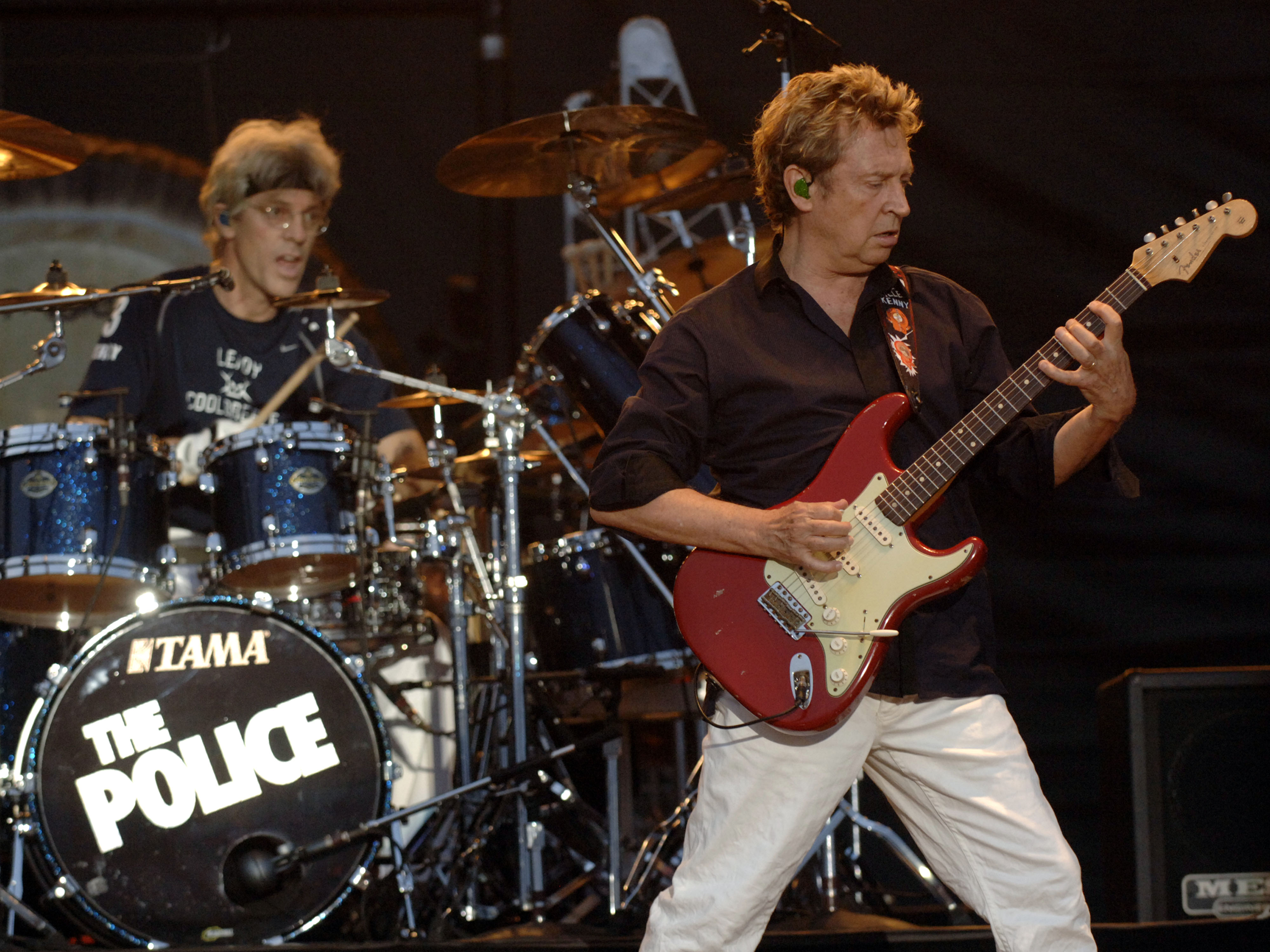5 tips for guitarists in power-trios
Three-piece sweeteners for a bigger live sound
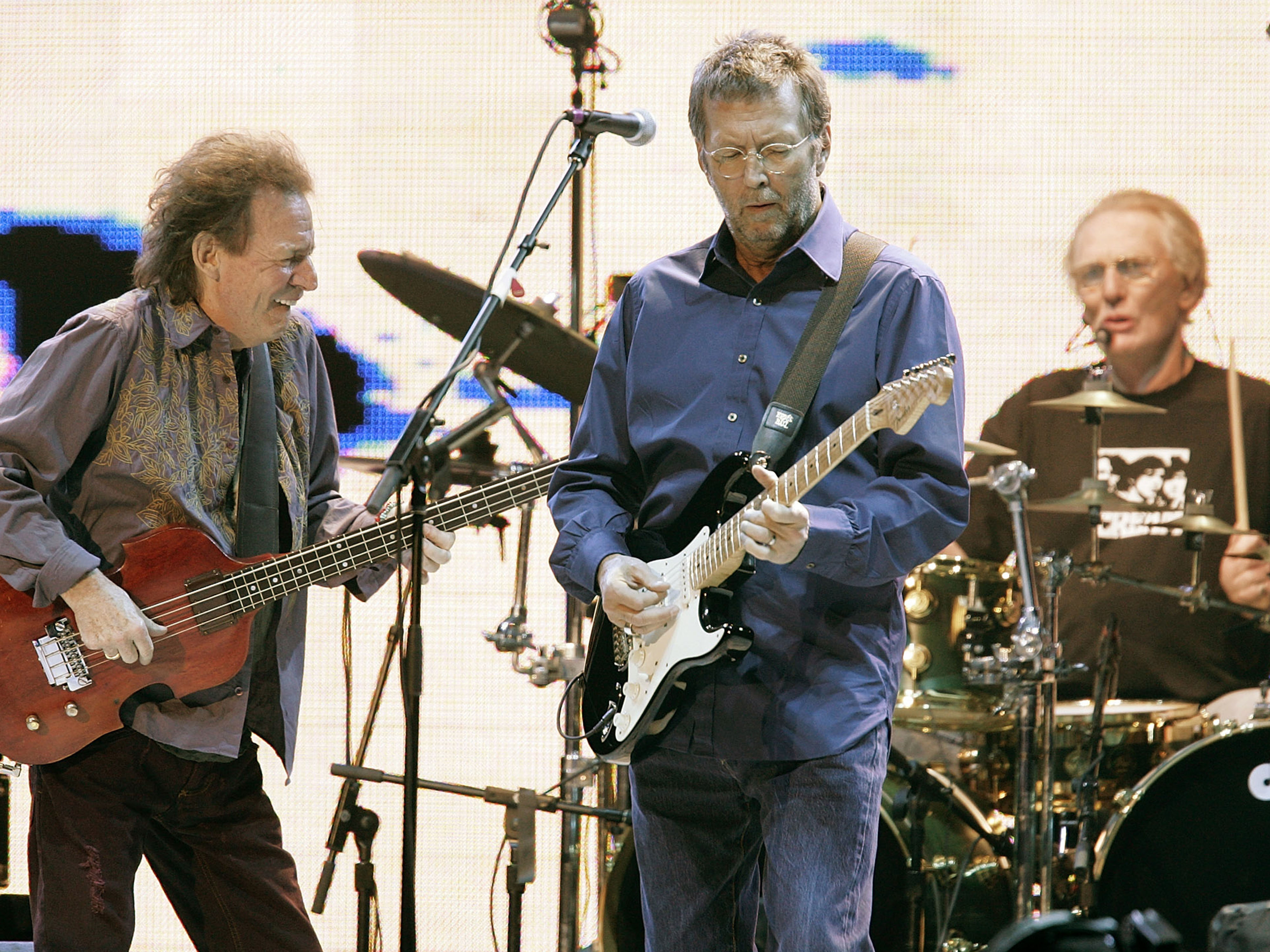
Intro
The idea of fronting your very own power trio is appealing, isn’t it? No dense wall of rhythm guitar to struggle to cut through, no competition for the limelight… yet being the sole guitarist in a three-piece can be a tough gig. After all, there’s nowhere to hide.
Ahead of Guitarist magazine's Disraeli Gears 45th anniversary spectacular that features exclusive new interviews with Jack Bruce and Pete Brown and insights into Clapton's legendary gear, here are five ways to make sure that you are the cat that gets the cream and not a sourpuss when it comes to fronting your very own musical ménage à trois…
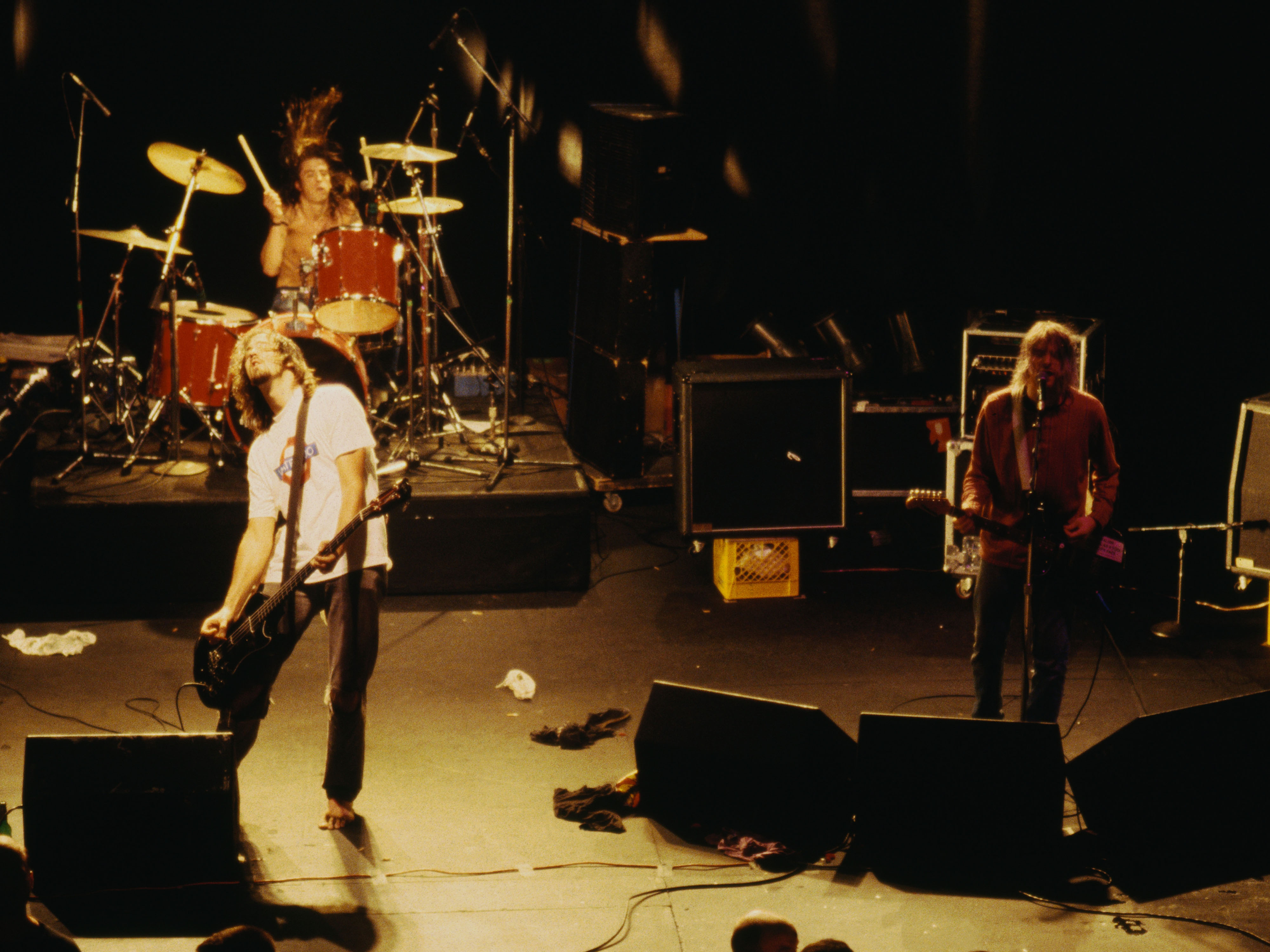
Experiment with group dynamics
Don’t feel like you have to play all the way through every song. Try dropping down to just bass and drums during a verse and bringing the guitar back in for the chorus.
Another great trick is to start a song with guitar and drums and hold the bass entry back until the first chorus. When the chorus slams in it can have a huge impact live.
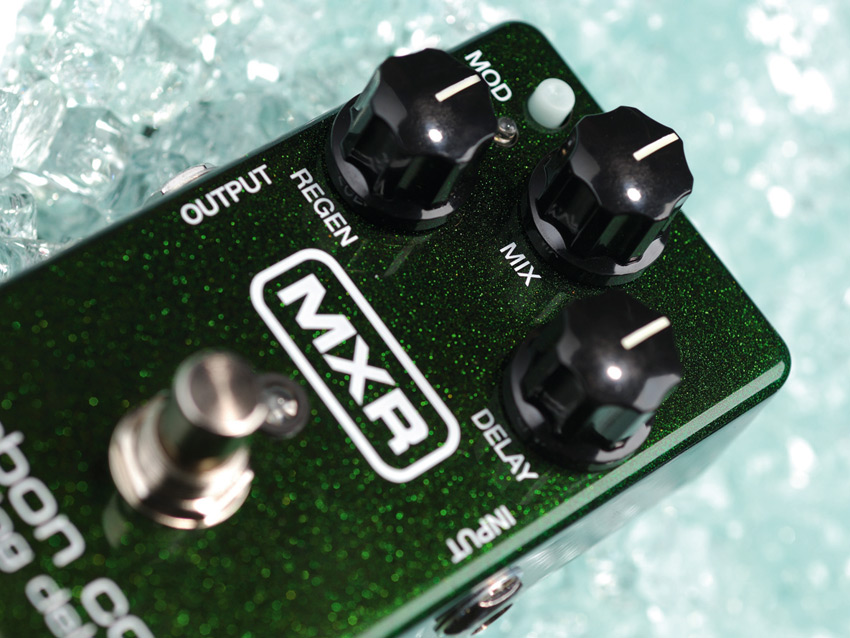
Get effected
Whether it’s a little slapback echo or reverb to make your sound thicker and more three-dimensional or something more esoteric, there’s plenty of space in a power-trio for guitar effects.
If you use a lot of drive, try using a few different flavours of stompbox so that the audience doesn’t tire of hearing the same dirty guitar sound for the whole set.
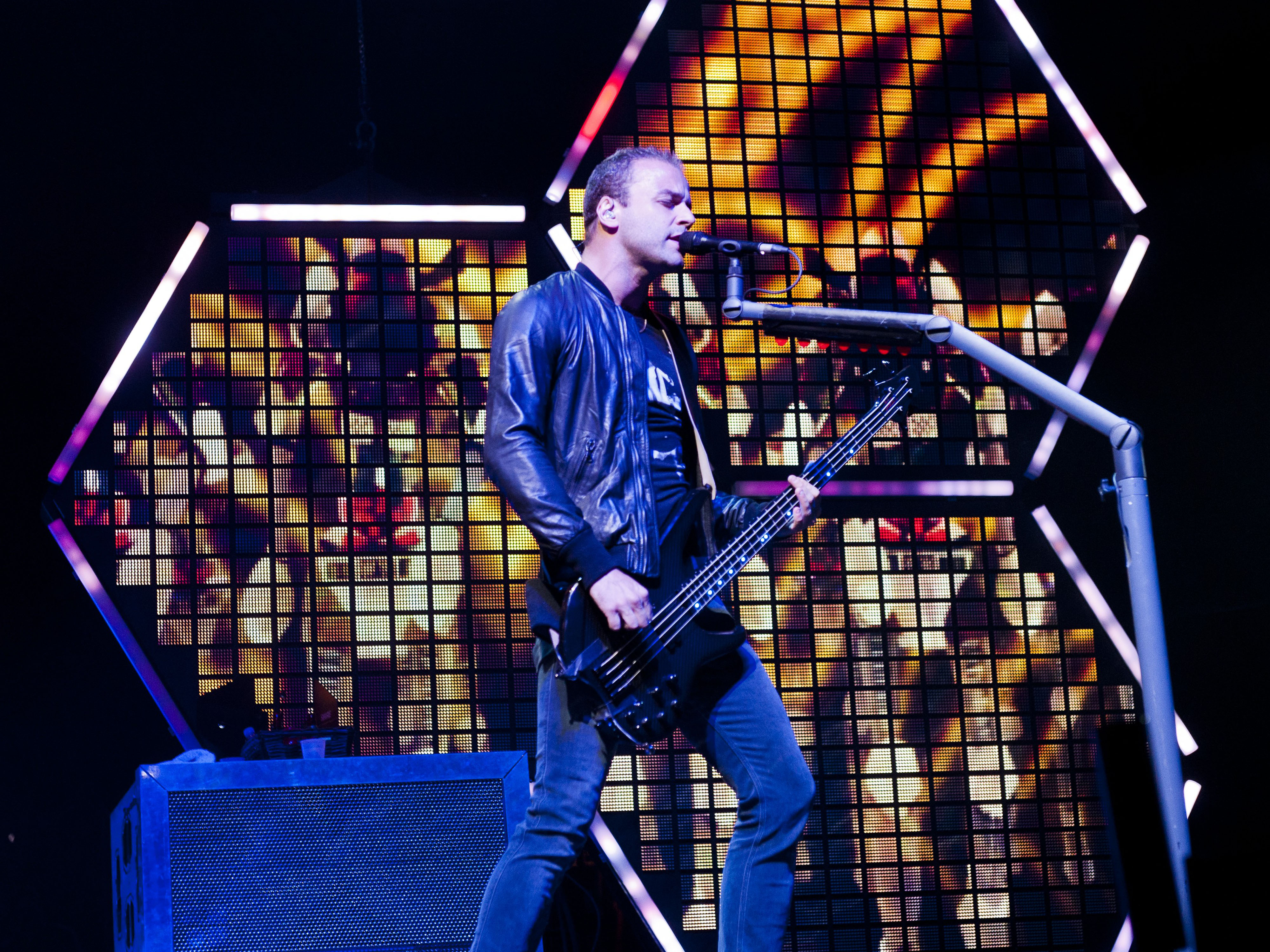
Dirty up that bass
When you're playing solos or melody lines, there will be a big frequency space in the midrange where a rhythm guitar part would usually sit.
To combat this, get your bassist to stomp on a dirt pedal of his own when it’s guitar solo time. Some pro bassists even have a separate, overdriven guitar amplifier running that they switch in for this very purpose.
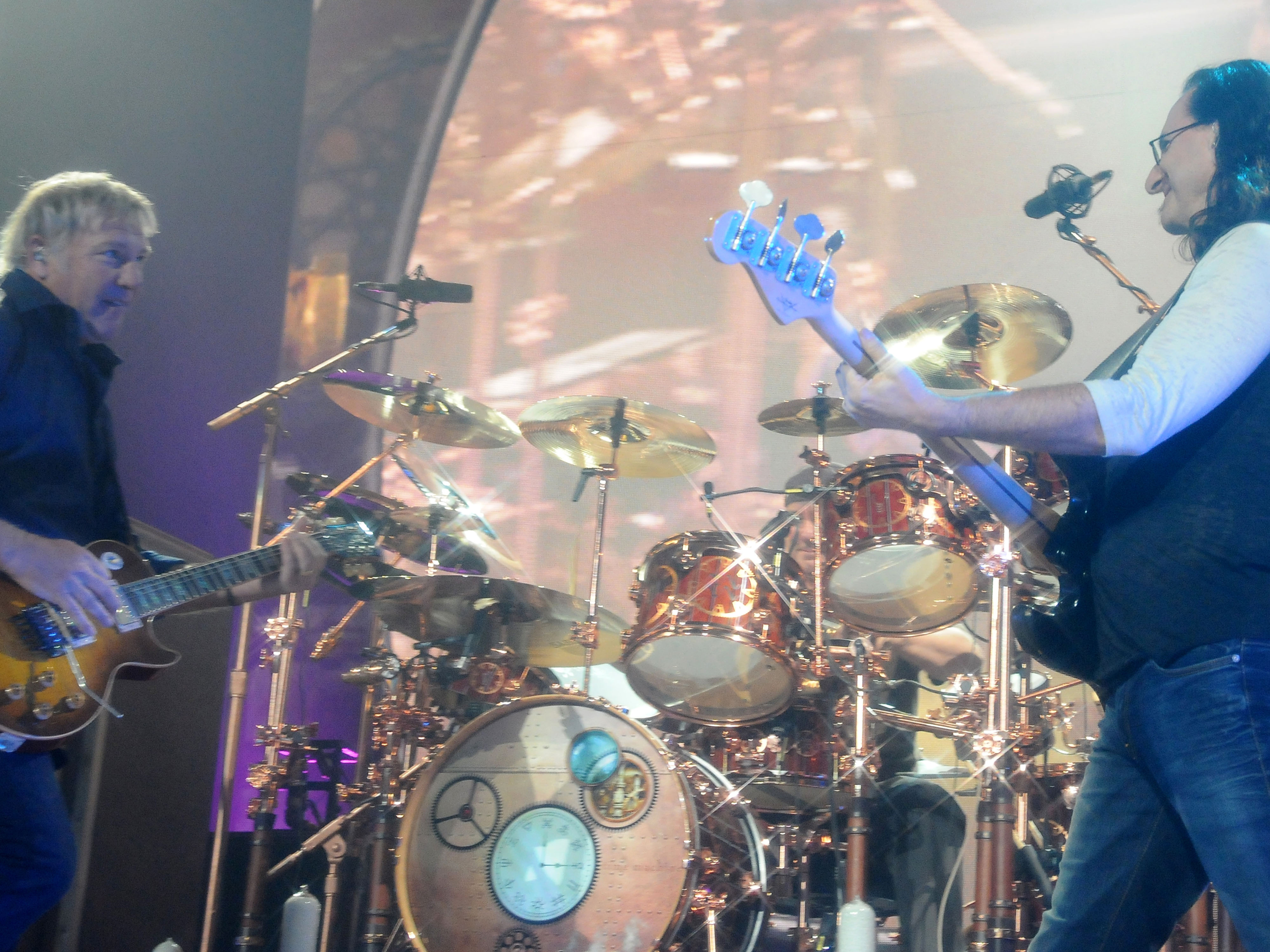
Be prepared
If the three-piece format means that you are required to contribute some or all of the lead vocals then the only way to get better at singing and playing at the same time is through practice.
Repetition is the key – practise on your own if need be but try to do so standing up, without looking at the fretboard. It’s a frontman’s job to connect with the audience and you can’t do that by staring down at your fretting hand!
Chris Vinnicombe worked with us here on the MusicRadar team from the site's initial launch way back in 2007, and also contributed to Guitarist magazine as Features Editor until 2014, as well as Total Guitar magazine, amongst others. These days he can be found at Gibson Guitars, where he is editor-in-chief.
